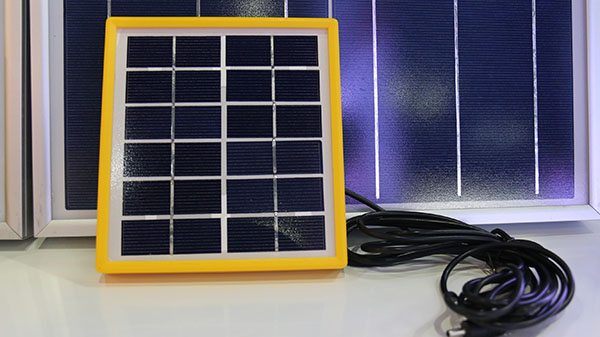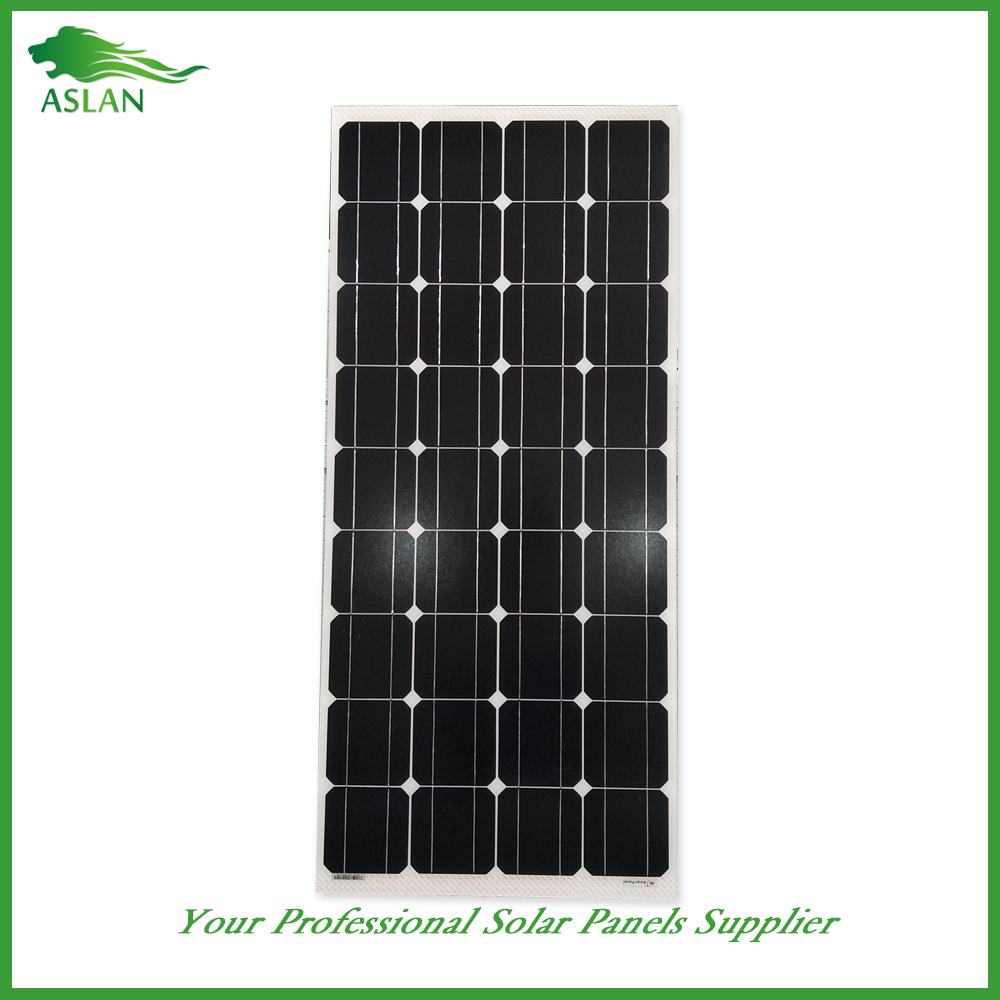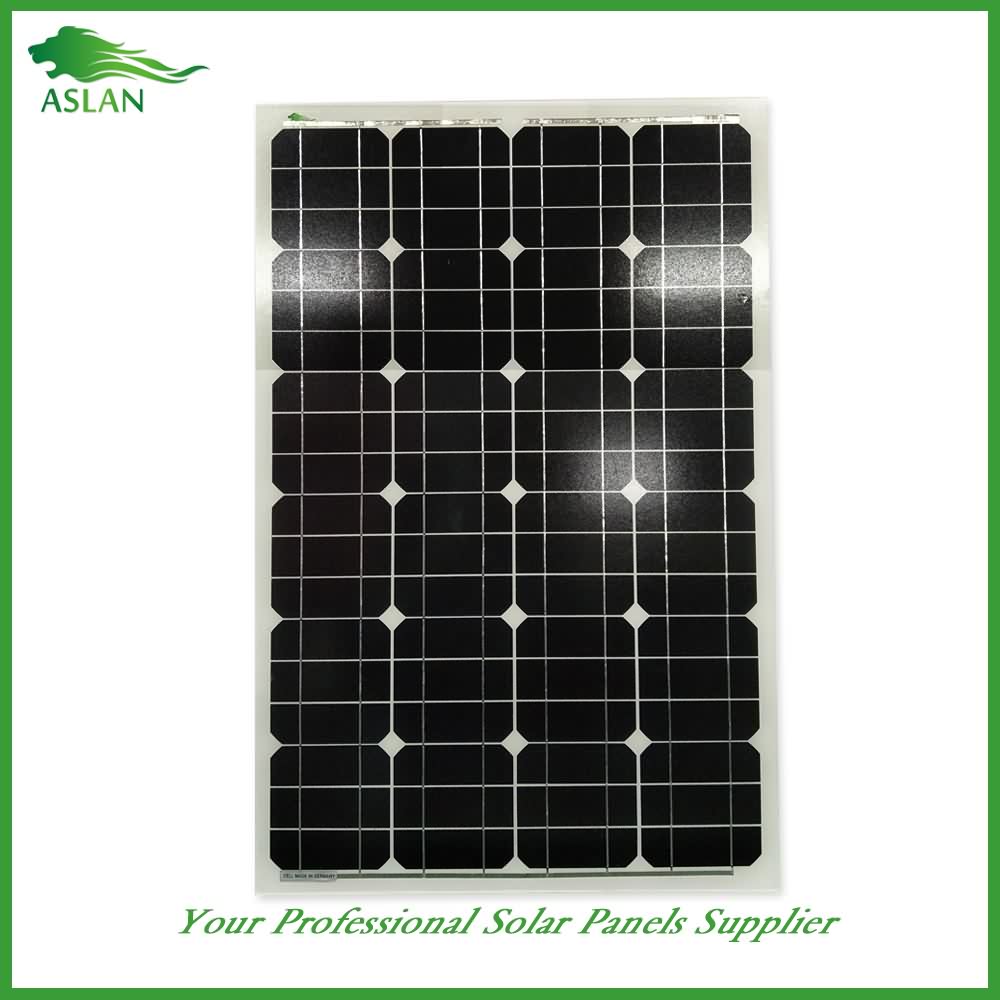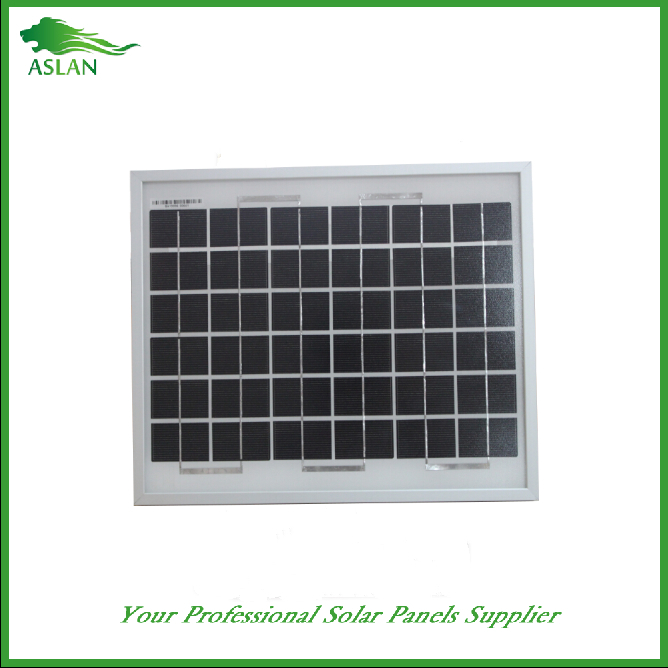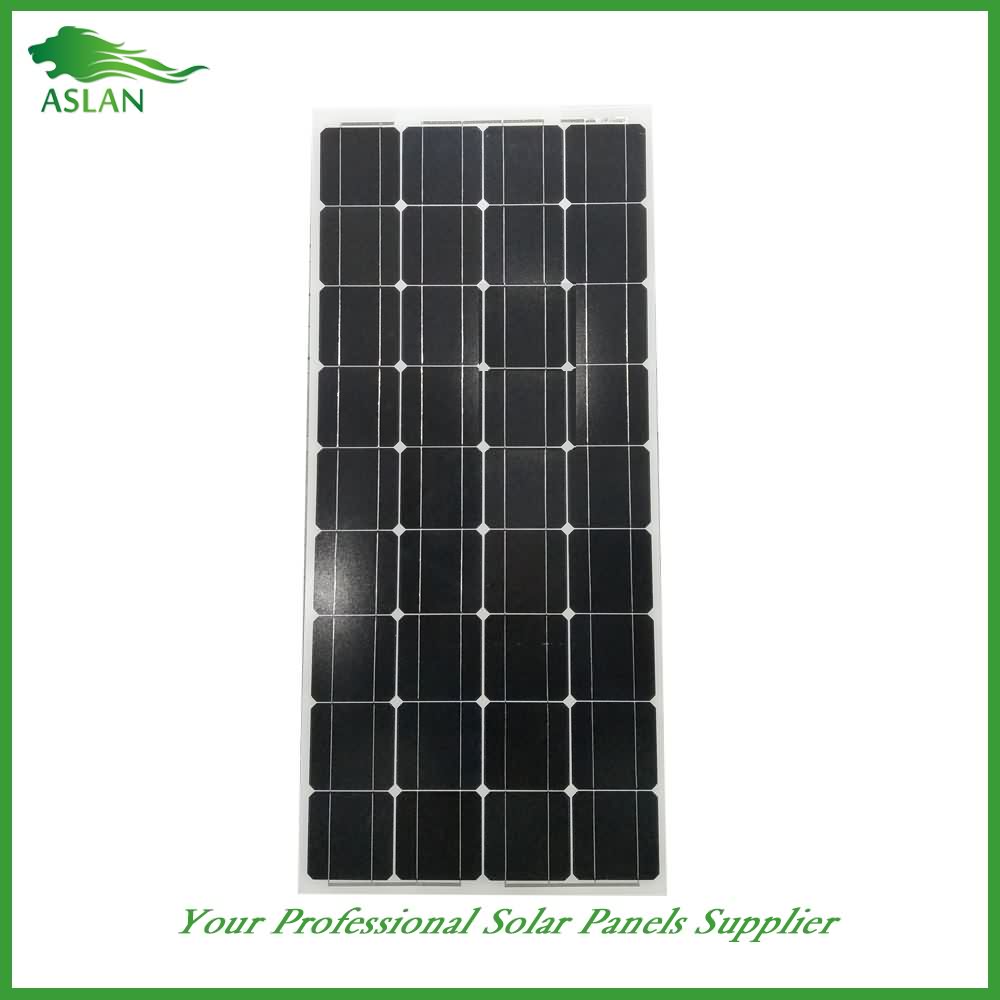50% OFF Price For Poly-crystalline Solar Panel 2W Wholesale to UAE
Short Description:
We aim to find out quality disfigurement from the production and supply the best service to domestic and overseas customers wholeheartedly for 50% OFF Price For Poly-crystalline Solar Panel 2W Wholesale to UAE, Our company warmly welcome friends from all over the world to visit, investigate and negotiate business.
Poly-crystalline Solar Panel 2W
Technical parameter
Maximum Power(W) 2W
Optimum Power Voltage(Vmp) 6V
Optimum Operating Current(Imp) 0.34A
Open Circuit Voltage(Voc) 7.2V
Short Circuit Current(Isc) 0.37A
Mechanical Characteristics
Cell Type Polycrystalline
No of Cell 12 (2x6pcs)
Dimensions 145x145x18mm
Weight 0.4KGS
Front Glass 3.2mm, High Transmission, Low iron, tempered Glass
Temperature and Coefficients
Operating Temperature(°C): -40°C ~ + 85°C
Maximum System Voltage: 600V(UL)/1000V(IEC) DC
Maximum Rated Current Series: 10A
Temperature Coefficients of Pmax: -0.435%
Temperature Coefficients of Voc: -0.35%
Temperature Coefficients of Isc: 0.043%
Nominal Operating Cell Temperature (NOCT): 47+/-2°C
Materials of solar panel
1).Solar Cell——Polycrystalline solar cell 156*156mm
2).Front Glass——-3.2mm, high transmission, low iron, tempered glass
3).EVA——-excellent anti-aging EVA
4).TPT——-TPT hot seal made of flame resistance
5).Frame——anodized aluminum profile
6).Junction Box——-IP65 rated, high quality, with diode protection
Superiority: high quality anodized aluminum frame, high efficiency long life, easy installation, strong wind resistance, strong hail resistance.
Features
1. High cell efficiency with quality silicon materials for long term output stability
2. Strictly quality control ensure the stability and reliability, totally 23 QC procedures
3. High transmittance low iron tempered glass with enhanced stiffness and impact resistance
4. Both Poly-crystalline and Mono-crystalline
5. Excellent performance in harsh weather
6. Outstanding electrical performance under high temperature and low irradiance
Quality assurance testing
Thermal cycling test
Thermal shock test
Thermal/Freezing and high humidity cycling test
Electrical isolation test
Hail impact test
Mechanical, wind and twist loading test
Salt mist test
Light and water-exposure test
Moist carbon dioxide/sulphur dioxide
Stanford graduate Vijay Narasimhan explains how he and colleagues in the Yi Cui Group at Stanford discovered how to hide metal wires in solar cells and funnel light directly to the semiconductor below. The new technique has the potential to improve the relative efficiency of solar cells by 10 percent.
ADDITIONAL INFORMATION
ACS Nano: http://pubs.acs.org/doi/abs/10.1021/acsnano.5b04034
Cui Research Group: http://web.stanford.edu/group/cui_group/
Global Climate and Energy Project: http://gcep.stanford.edu/
CREDITS
Video: Mark Shwartz, Precourt Institute for Energy, Stanford University
Video & microscopy images of the experimental gold sheet and silicon nanopillars: Vijay Narasimhan and Yi Cui, Stanford University
B-roll of solar-cell manufacturing & testing: U.S. Department of Energy and National Renewable Energy Laboratory (NREL)
my solar panels from harbourfreight , they are a little expensive per watt , but a cheap system to get started with. it’s 2- 45 watt systems that i am using . it incudes enough to make light , you need to buy the inverter and batteries to store the eletric for night use
